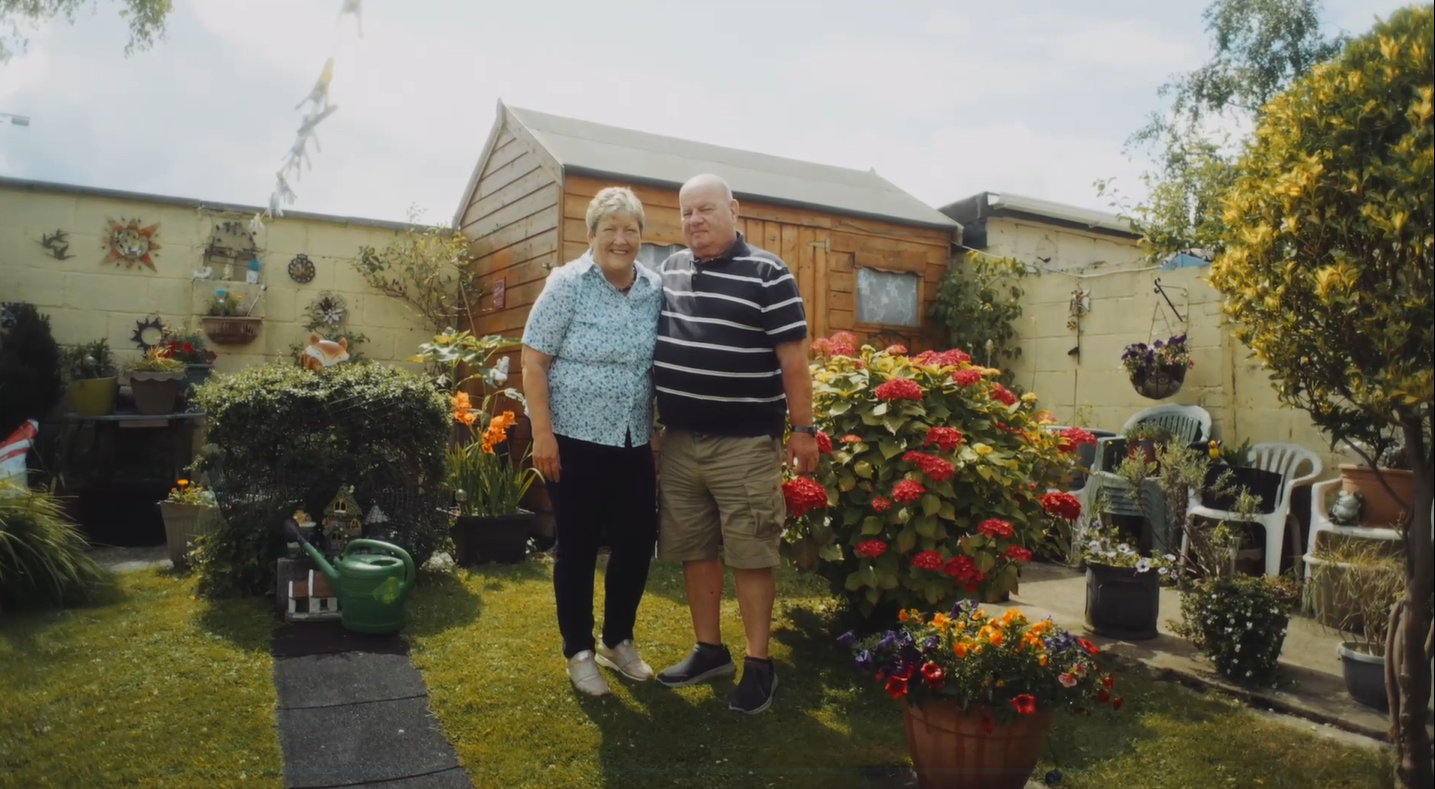In November 2021, Henry Armstrong was at his home in Dublin, Ireland, waiting for his partner, and family members to return. As their car pulled into the driveway, and Henry opened the door for his family, he collapsed, unable to lift his arms. Henry’s niece, who had a background in first aid, quickly recognised the signs of stroke and took action – keeping Henry engaged, lifting his head, and immediately calling an ambulance. Within an hour, Henry was at the hospital receiving emergency treatment that saved his life.
Henry had suffered a large vessel occlusion, which is the obstruction of large, proximal cerebral arteries, and can account for up to 46% of acute ischemic strokes (AIS). An AIS occurs when a blood clot blocks or plugs an artery leading to the brain and cuts off the blood supply to part of the brain tissue. If not treated quickly, the result can be devastating.
The most effective treatment for AIS is mechanical thrombectomy (MT), an endovascular treatment (EVT) that has revolutionized the treatment of patients with AIS, and has become standard of care since 2015. During MT, doctors make a small incision in the groin, and thread a thin catheter through a patient’s blood vessels to the clot. A tiny device at the catheter’s tip, known as a stent retriever, then grabs the clot and removes it, restoring blood flow to the brain.
In Henry’s case, he arrived at Beaumont Hospital within the hour that his symptoms presented, and was immediately treated. Henry was quickly assessed by neurologists, received a CT scan that determined a vessel blockage and showed that his brain tissue was not permanently damaged, which allowed him to receive an MT. This prevented him from permanent brain damage and very possibly saved his life.
“It’s a little over a year and a half since I had my stroke,” Henry says today. “And I do my gardening, driving around the place. I’m back to normal.”












